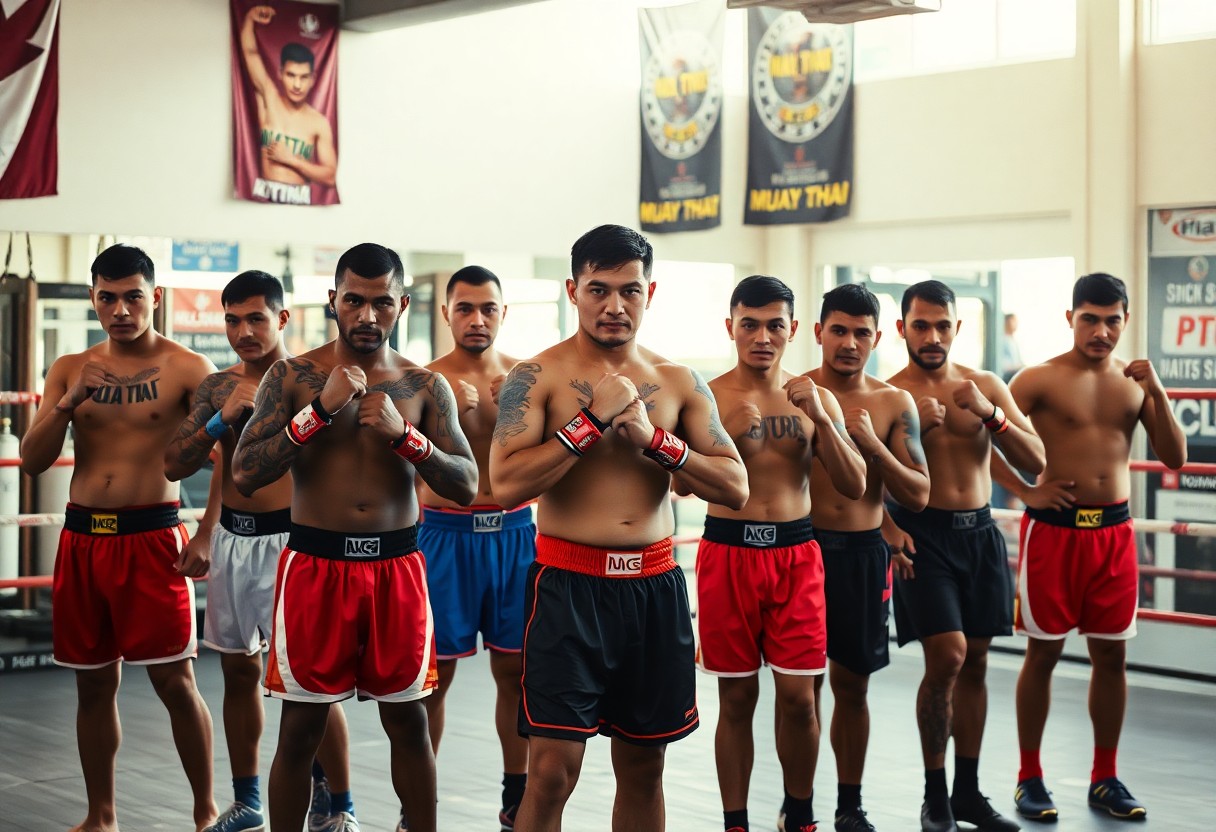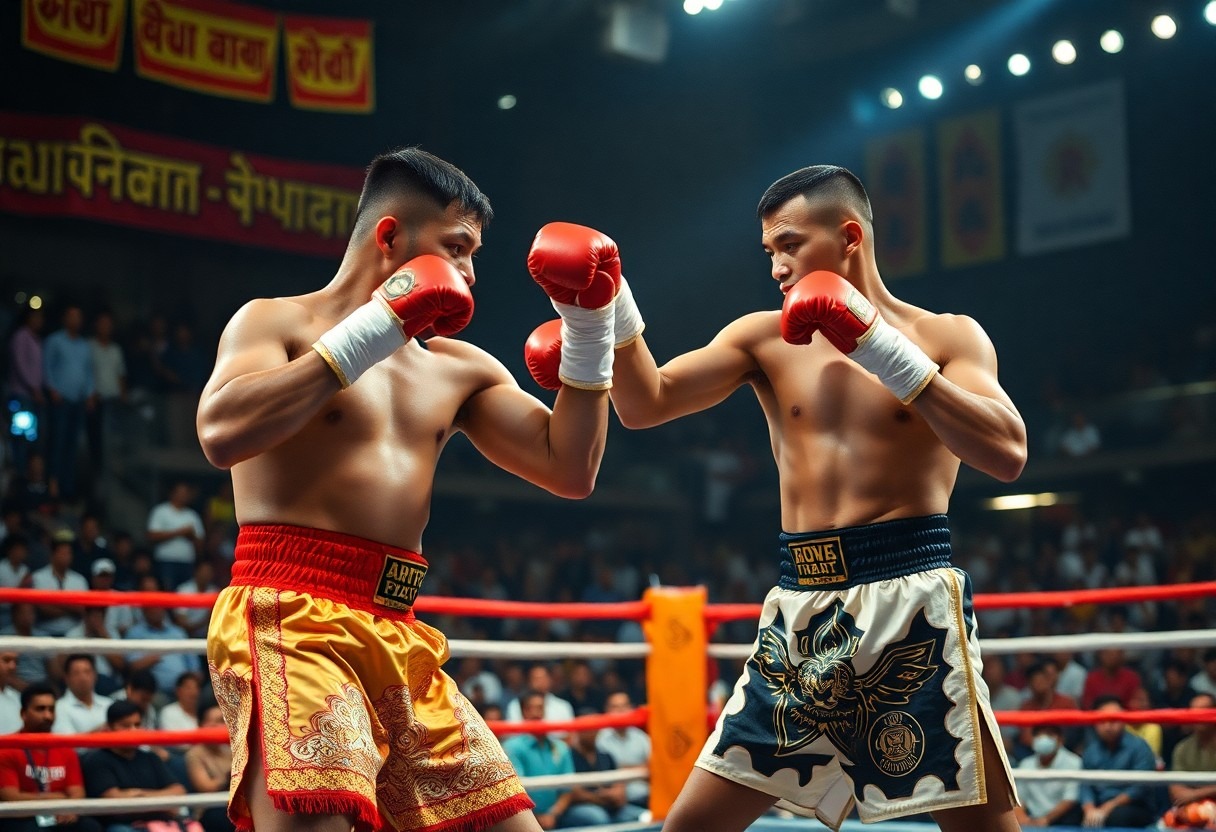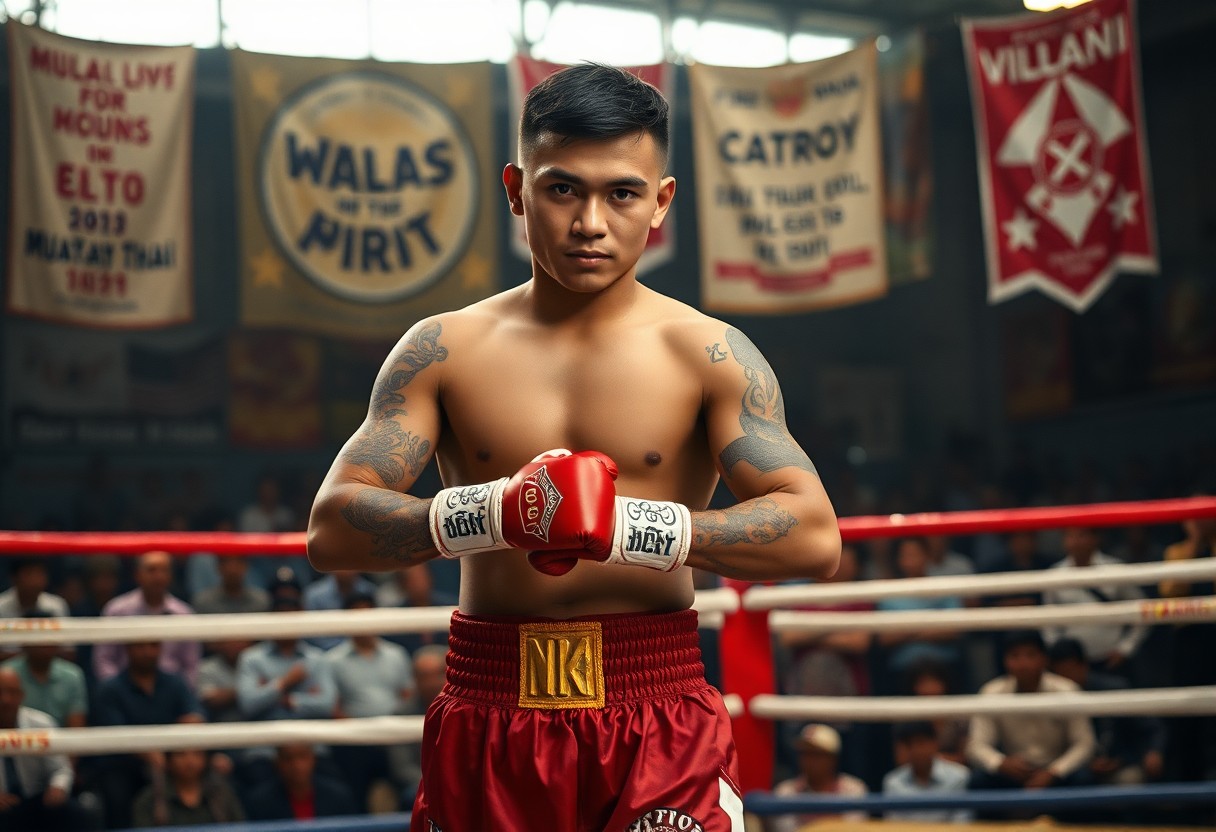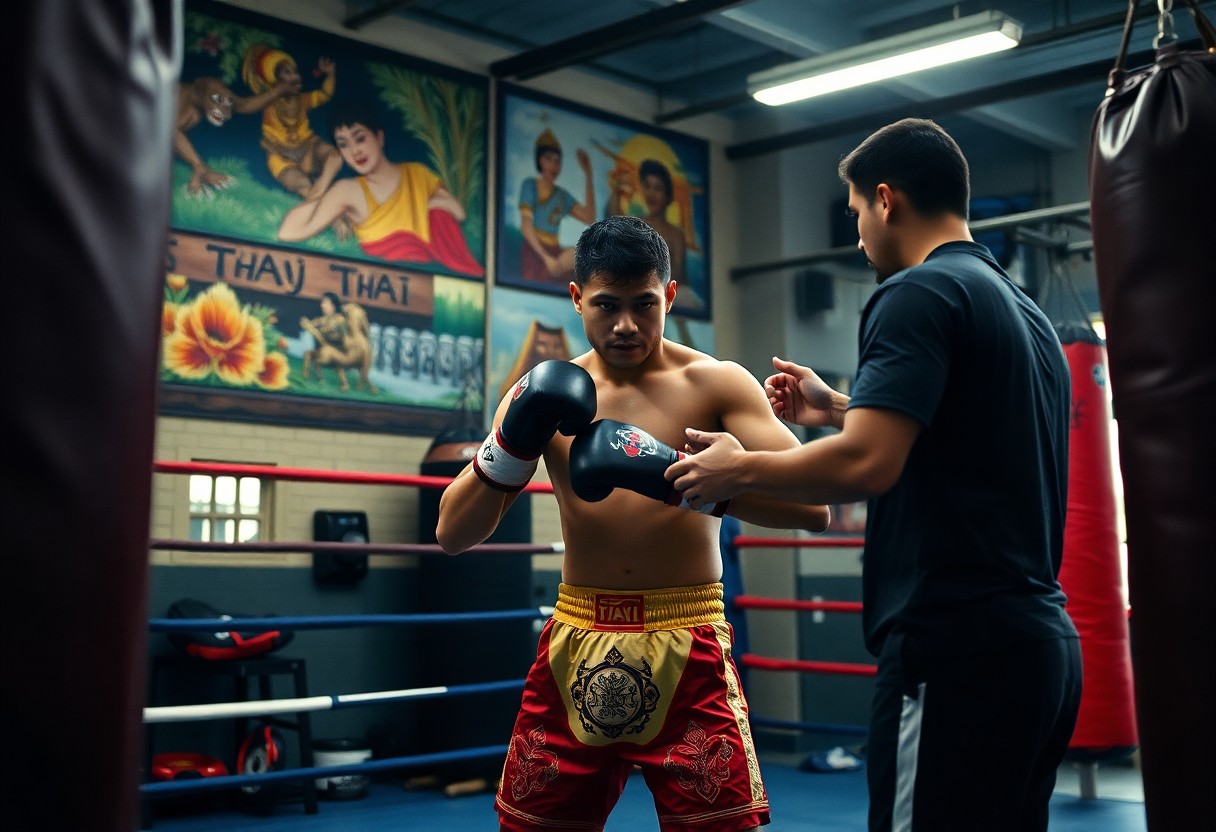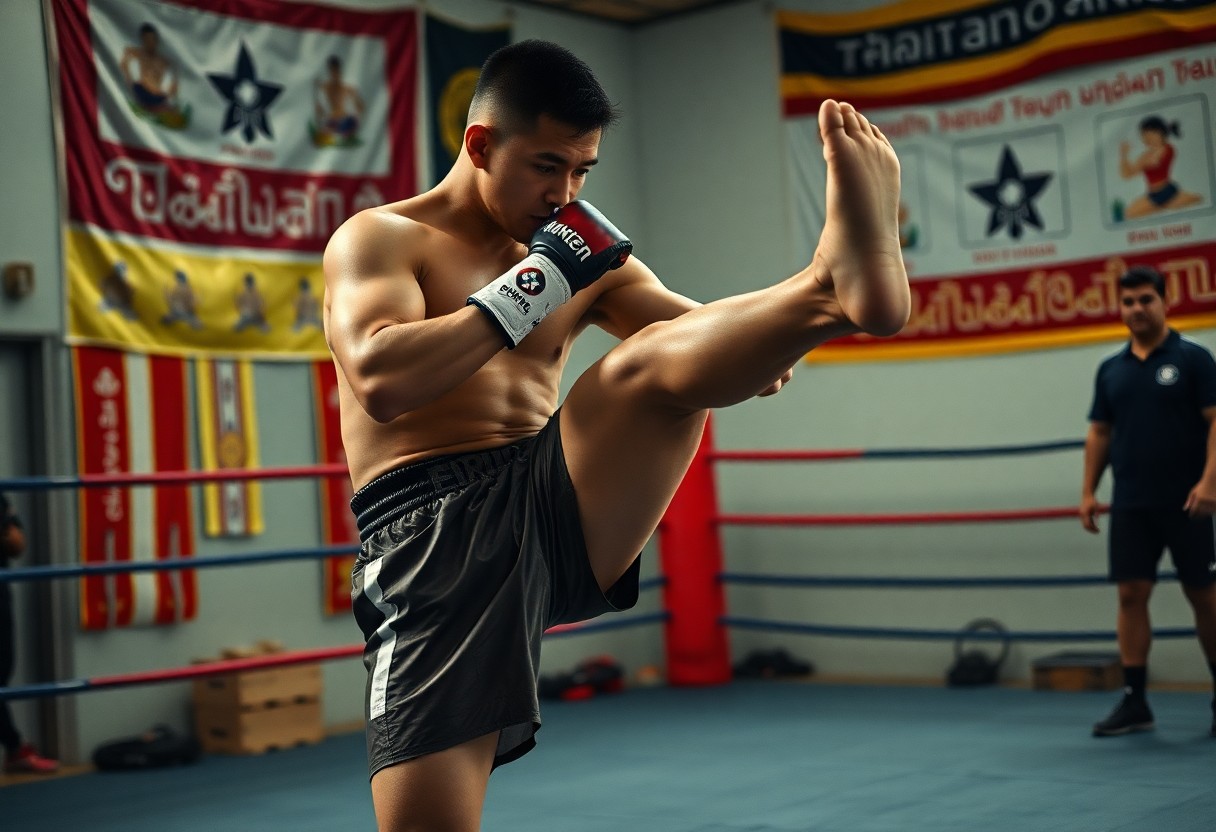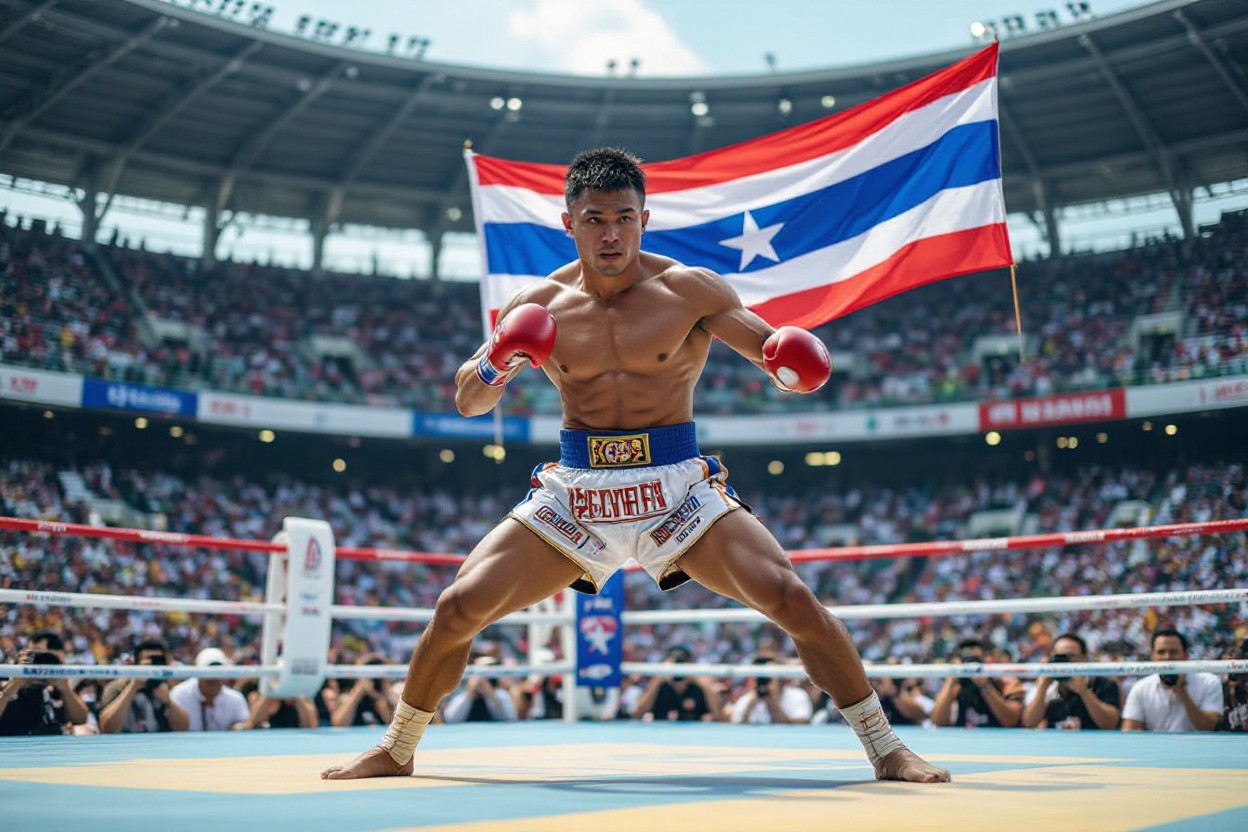
It’s more than a sport; Muay Thai functions as a living ingredient of Thai identity, and when you study its history and rituals you see why it became a national symbol of strength. Rooted in centuries of warfare, its rigorous training and potentially dangerous strikes forged cultural resilience, while public ceremonies and global success reinforce collective pride. Understanding Muay Thai shapes your view of Thailand’s values of discipline, honor, and communal solidarity.
The Historical Roots of Muay Thai and National Pride
You can trace Muay Thai back to ancient Siamese battlefield training known as Muay Boran, where conscripted soldiers refined unarmed combat techniques for territorial conflicts with neighboring Burma and Laos. Legendary figures like King Naresuan are tied to these martial narratives, and the system emphasized survival moves—elbows, knees, and clinch—that remained effective off the battlefield and later evolved into ritualized sport and spectacle.
The Evolution of Muay Thai as Cultural Heritage
You saw Muay Thai transition into organized competition during the early 20th century as rules, gloves, and timed rounds were introduced, and stadiums like Rajadamnern (1945) and Lumpinee (1956) centralized the sport. The practice fused athleticism with ceremony: fighters perform the wai khru and ram muay before bouts, linking performance to identity and attracting both domestic fans and international tourists.
Further evolution came through formal institutions and tourism-driven academies that professionalized training and preserved techniques. You can observe government-supported festivals, museum exhibits in Bangkok, and scholarship programs for young fighters that frame Muay Thai as both a livelihood and a national emblem. This institutional backing helps protect traditional forms like Muay Boran while sustaining modern competition circuits that host dozens of fights weekly in major venues.
Muay Thai as a Symbol of National Unity
You see Muay Thai functioning as a social glue: stadiums, gyms, and festivals draw urban professionals, rural migrants, and international tourists into the same ringside crowd. Historic venues like Rajadamnern (est. 1945) and Lumpinee (est. 1956) act as national stages where class and region blur, while state-sponsored events and international competitions project a shared Thai identity abroad. The sport’s visibility during national holidays and royal ceremonies reinforces its role as a unifying emblem of pride and resilience.
The Role of Muay Thai in Unifying Diverse Ethnic Groups
You’ll find fighters from the northeast (Isan), the north, southern provinces, and ethnic minorities training side by side in Bangkok gyms, creating daily interaction across cultural lines. Rural-to-urban mobility through Muay Thai offers economic opportunity and social networks—Buakaw Banchamek from Surin is a clear example of a provincial athlete achieving global recognition. Cross-border exchanges with Laos and Myanmar gyms further knit regional communities around a common practice and livelihood.
Reflections of Thai Values Through the Sport
You encounter core Thai values in every bout: the pre-fight Wai Khru Ram Muay honors teachers, discipline and respect govern gym life, and community reciprocity appears in remittances sent home by fighters. Public admiration for perseverance and humility turns successful athletes into cultural exemplars, while stadium titles and national team selection channel those values into tangible status and pride.
Delving deeper, the Wai Khru Ram Muay ritual, accompanied by traditional sarama music, encodes gratitude and lineage: you can trace a fighter’s gym and region through stylistic differences in the dance. Training routines emphasize endurance, low kicks, and clinch technique, reflecting values of patience and tactical intelligence rather than brute force alone. At the same time, the sport exposes athletes to significant risks—repeated head impacts and bone fractures are real dangers—which fuels contemporary debates in Thailand about safety reforms, weight-class regulation, and medical oversight while preserving Muay Thai’s role as a cultural mirror.
Strength Beyond the Ring: Muay Thai’s Impact on Thai Identity
Muay Thai shapes Thai identity through ritual, local festivals and everyday community life. The pre-fight wai khru ram muay ties fighters to ancestors and place, while provincial fairs and temple events keep techniques visible to generations. Military and civic displays occasionally incorporate Muay Thai elements, and the sheer presence of gyms across towns signals to you that this art is both a sporting practice and a living emblem of national pride and resilience.
Training Regimens and the Cultivation of Resilience
You’ll endure morning runs of 4–8 km, double sessions 5–6 days a week and repetitive pad and bag work—often 100–200 strikes per limb per session. Coaches layer jump rope, bodyweight circuits, clinch drilling and controlled sparring so you build pain tolerance, pacing and tactical adaptability. Many fighters point to a 6–12 month block when physical conditioning and mental grit converge, turning sporadic effort into consistent, resilient habit.
The Psychological Benefits of Engaging in Muay Thai
You gain more than fitness: regular Muay Thai training sharpens focus, emotional regulation and confidence. Intense sessions produce endorphins that lower stress while the gym’s social structure supplies mentorship and accountability. Local youth programs report improved behavior and school engagement among participants, illustrating how discipline, community and ritual combine to produce measurable mental-health and social benefits.
Practically, you experience psychological change through several measurable mechanisms: intense exertion activates endorphin and dopamine pathways, reducing perceived stress and improving mood, while repetitive technical drills strengthen executive functions like sustained attention and decision-making. Rituals such as the wai khru provide narrative meaning for struggle, helping you reframe setbacks as part of skill acquisition. Coaches create short-term metrics—round counts, clinch time, sparring objectives—so you accumulate tangible wins; programs run over 8–12 weeks often report participants showing clearer emotional control, decreased aggression and stronger goal-directed behavior, especially among at-risk youth who gain structure and adult mentorship inside the gym.
Globalization and the Transformation of Muay Thai as National Icon
Global exposure has pushed Muay Thai beyond local rings into fitness studios and MMA camps worldwide, so you now see Thai techniques taught from Amsterdam to Sydney. Tourist-heavy hubs like Phuket and Bangkok host thousands of foreign trainees yearly, turning Muay Thai into a major income stream and a living export of culture. While that expands pride and recognition, it also accelerates commercialization and risks the erosion of ritual practices that once anchored the sport to Thai identity.
International Recognition and Its Effect on Thai Identity
You witness international tournaments—IFMA events attract competitors from dozens of countries—and global fighters adopting clinch, elbow, and knee techniques in MMA, which amplifies Muay Thai’s prestige. This visibility strengthens national pride as Thailand is seen as the sport’s origin, yet it also invites reinterpretation: foreign promoters market a stylized Muay Thai that can obscure historical context, creating both economic opportunity and cultural misrepresentation.
Balancing Tradition with Modern Perception in the Global Arena
Preserving rites like the wai khru ram muay, the wearing of the mongkol, and live sarama music at stadiums remains central to Thai custodians of the sport, so you’ll find active efforts to keep these elements visible in official bouts. Stadiums such as Lumpinee and Rajadamnern continue to stage traditional ceremonies, even as training camps tailor programs for foreign tourists—forcing a negotiation between authenticity and market demand, with public health and safety standards increasingly part of the conversation.
Deeper tensions emerge when you compare practices: traditional Bangkok stadium nights still feature live piphat/sarama ensembles and strict pre-fight rituals, whereas many overseas gyms replace music with recorded tracks and skip ceremonial teaching to prioritize technique and tourism revenue. You’ll notice examples like Dutch legend Ramon Dekkers, whose cross-cultural career highlighted both respect for Thai fighters and a different promotional logic abroad. Policies from Thai governing bodies and organizations such as IFMA now try to standardize amateur safety—mandatory protective gear in some categories and medical checks—aiming to reduce serious injury while preserving cultural markers; success depends on enforcement, trainer education, and your own choices when you train or promote events overseas.
The Future of Muay Thai as a Cultural Symbol
Preserving Tradition in a Changing Landscape
You still see the Wai Khru Ram Muay and the mongkhon worn before fights at Lumpinee and Rajadamnern, and camps like Sityodtong and Fairtex teach those rituals alongside modern training. Weekly cards and sarama ring music keep performance practice alive, while the Sports Authority and local promoters have introduced stricter medical checks and weight-class reforms to protect fighters. As a fan or practitioner, you witness how ritual, music and etiquette anchor Muay Thai even as training methods evolve.
The Role of Technology and Media in Shaping Identity
Social platforms and live streams have transformed local bouts into global spectacles: highlight clips of stars like Buakaw and Saenchai regularly attract tens of millions of views, creating new fans and commercial partners. You can follow camps on Instagram, join online coaching sessions, and watch Rajadamnern cards streamed internationally, but that exposure also risks simplifying tradition into viral moments rather than full cultural context.
Streaming deals and digital promotion by organizations such as ONE Championship have converted stadium nights into content engines that build fighter brands and national pride; you can now watch a Bangkok fight with subtitles and instant replays from anywhere. On the training side, Bangkok camps are experimenting with IMU sensors and force-plate testing to measure strike power and fatigue, giving coaches objective data to improve performance and reduce injury. Meanwhile, online courses from respected trainers let you learn the Wai Khru sequence and defensive drills remotely, spreading technique but also forcing promoters and museums to devise standards so that televised Muay Thai reflects its deeper cultural meanings rather than only spectacle.
Conclusion
The sport of Muay Thai gives you a living link to Thailand’s history, values and resilience; as you observe its rituals, artful techniques and communal ceremonies, your understanding of why it stands as a symbol of strength, national pride and cultural continuity deepens, shaping Thai identity both at home and abroad.

